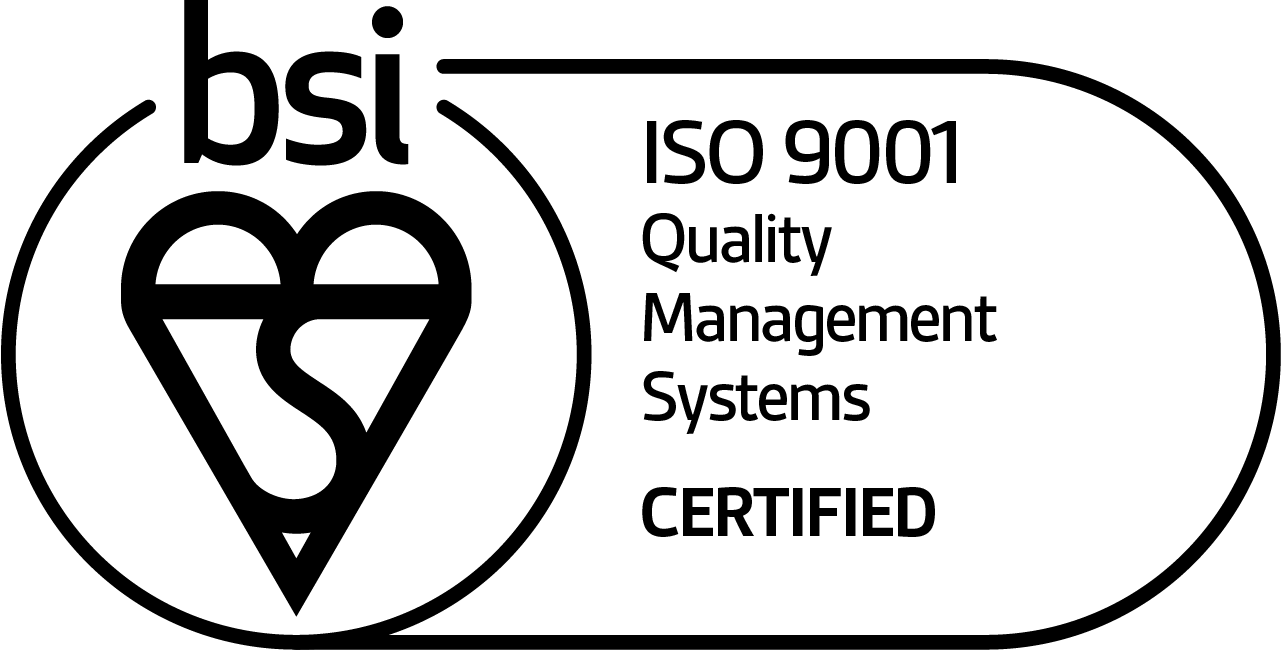| Our Respirator Filter Selection Guide5 October 2022 | Sharman When using a respirator, choosing the right filter for the hazards you're dealing with is absolutely vital. In fact, choosing the wrong filter can be dangerous, have long-term health consequences and in some rare occasions, even be deadly. Despite this, we know that all the different types and grades of respirator filtration can still be really confusing and hard to decipher. In Our Respirator Filter Selection Guide, we'll discuss the different filter markings, go over what they mean and what hazards they protect against. It will hopefully make it easier to choose the right filters for your work needs and help keep you or your employees as safe as possible. What Will This Article Cover?
What Are Filter Markings?It's easy to see a filter code next to a mask and think that it's just an random assortment of letters and numbers, but there is a method to the madness. The filter markings you see next to a respirator are determined by European safety standards, specifically EN 143 and EN 14387, which are standards just for the filters themselves and not for the respirators or masks. Filters are tested for filtration, breathing resistance, clogging, penetration and more. EN 143This is the standard that pertains to particulate filters. It decides whether a filter is capable of particulate filtration, whether or not a filter can be successfully used with other respiratory equipment and to what level it filters particulates. According to EN 143, particulate filters are given a code/marking depending on their filtration percentage rate:
EN 14387 This is the standard that pertains to gas and vapour filters, as well as combined filters. This one is a little more complicated as it has to differentiate between different types of gases and vapours so you know exactly what the filter can and cannot handle. Like EN 143, it also grades whether or not a filter can be successfully used with other respiratory equipment and to what level it filters. This standard uses different letters to categorise filtration. For example, A for organic vapours or B for inorganic vapours. These letters also have a number from 1 - 3 next to them depending on their filtration percentage success rate, for example A1 or B2. What Do the Different Markings Mean?Now that we understand what filter codes are and how they're assigned, it's time to get specific. This section will get into exactly what each letter code signifies. Often specific codes are required to be marked with specific colours and we'll discuss that too. What About the Numbers Next to the Letters?As mentioned earlier, the number next to a P on a filter signify particulate filtration efficiency:
For gas filters covered by EN 14387, the number next to a letter signifies the capacity of a filter:
The higher the capacity of a filter, the longer it can be used, or in circumstances with a higher concentration of the contaminate. What About Combined Filters?While some filters will be purely for particulate filtration, or specifically for one category like organic gases or mercury, many respirator filters offer some sort of combined protection. The markings on a combination filter might have a code like A2P3. But what does that mean? Well A2 signifies a medium level of protection from organic gases and vapours, while P3 represents the highest level of particulate filtration. So a combined A2P3 filter will combine both of these protections. More Complicated CodesWhat about a code that's a little more complicated, like ABEK1P3? While it looks like a lot of letters, it's easy enough to decipher if you know how: From the table above we can see what each individual letter represents and accordingly what the filter can protect against. But what about the strength of the protection? The first four letters, ABEK, are followed by a 1, while the last letter, P, is followed by a 3. From the section above we can see what these numbers mean. So what exactly does ABEK1P3 show? It shows that this filter has a small capacity of protection from organic gases and vapours, inorganic gases and vapours, acid gases and vapours, as well as ammonia. it also shows that it has at least a 99.5% efficiency rate at filtering particulates. As we can see, when you split a filter code into its individual components, it's not too difficult to understand. How Do You Decide What Filter to Use?Selecting the right filter for you will depend on your individual respiratory protection needs. Only you or your employer will know certain factors like the strength of a hazard, or how long you will be exposed to it. Nevertheless, the steps below will help you select a respirator as safely and and easily as possible:
How Long Does a Filter Last?As we've mentioned, the capacity of a filter determines its service life, but there also a number of other factors such as:
How Do You Know When a Filter Has Stopped Working?As these and other factors can determine the service life of a filter, it's not really possible to get an accurate estimate. In general it's better to air on the side of caution and make sure to switch filters between work sessions. Each filter you buy should have detailed instructions about how long to use them for and how to know when they have stopped working. It's really important to read these thoroughly. However even with this in mind, there are a couple general ways that could help you determine when your filter has stopped working:
Take it Slow and Breathe EasyWe know that respiratory filtration is a pretty in-depth topic and that there was a lot of information to digest here. But hopefully we've made the differences between filters and how to choose the right one a little easier. If you to remember to be careful about which filter you need and make sure you're trained properly, you can use respiratory filters safely and confidently! Did this blog answer your filter questions? Do you have any more? Let us know in the comments below, or contact us Facebook and Twitter. |






